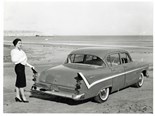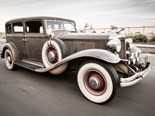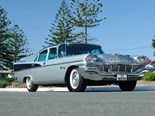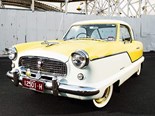1957-1963 Chrysler Royal AP1-AP3 - Buyer's Guide
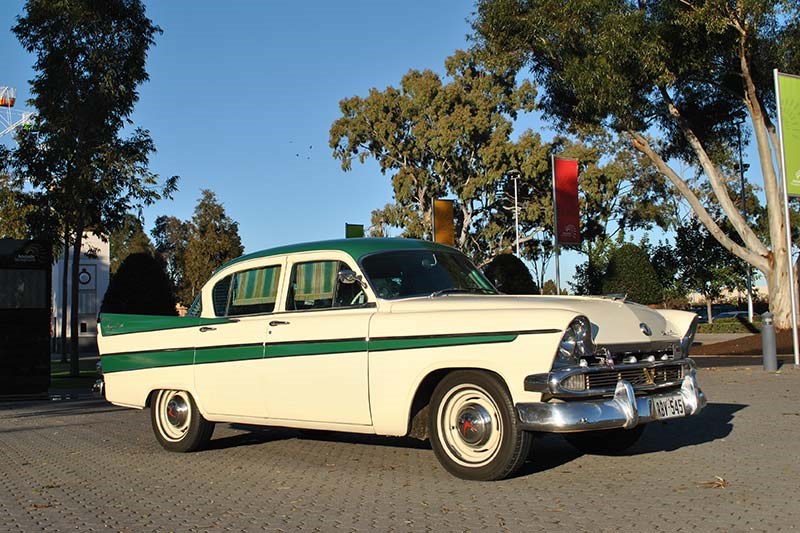

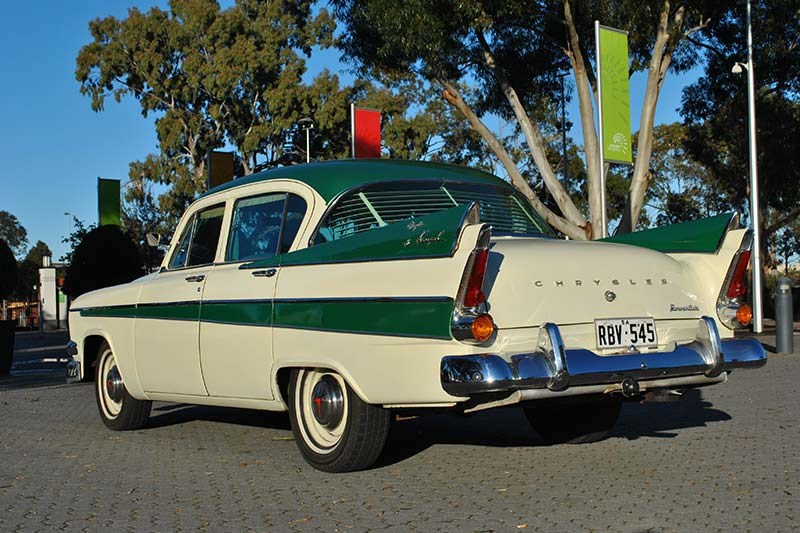

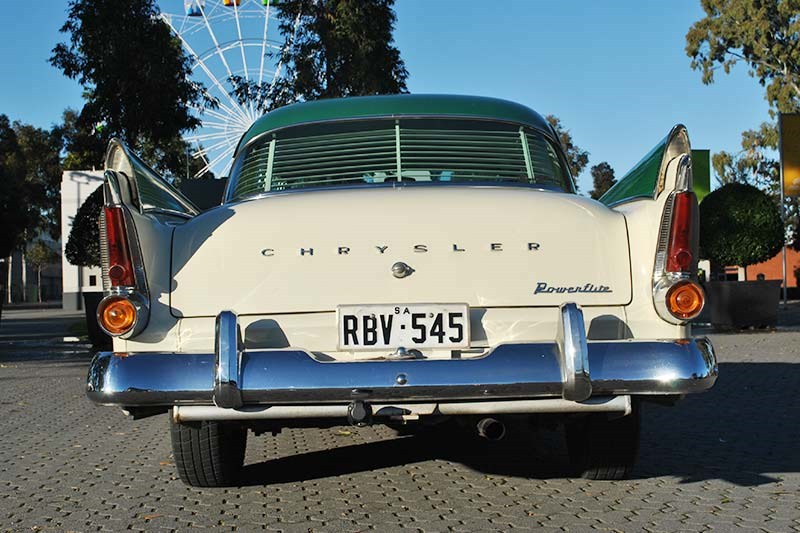





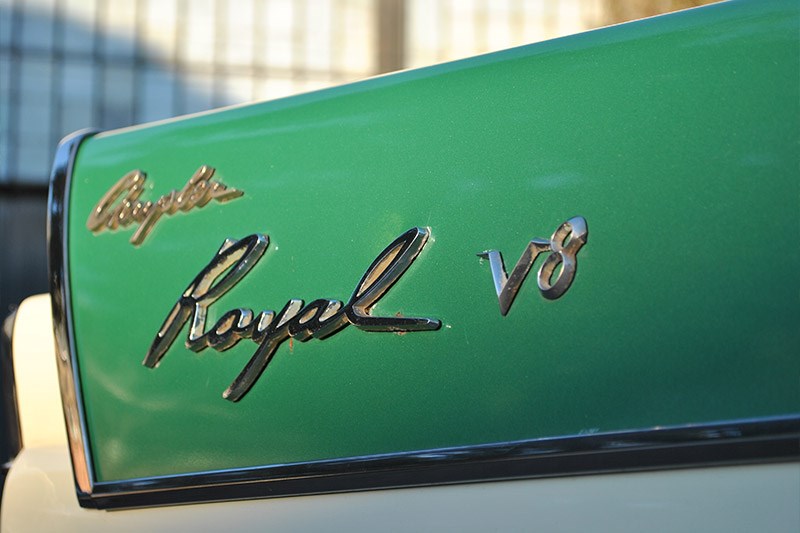




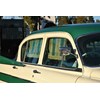


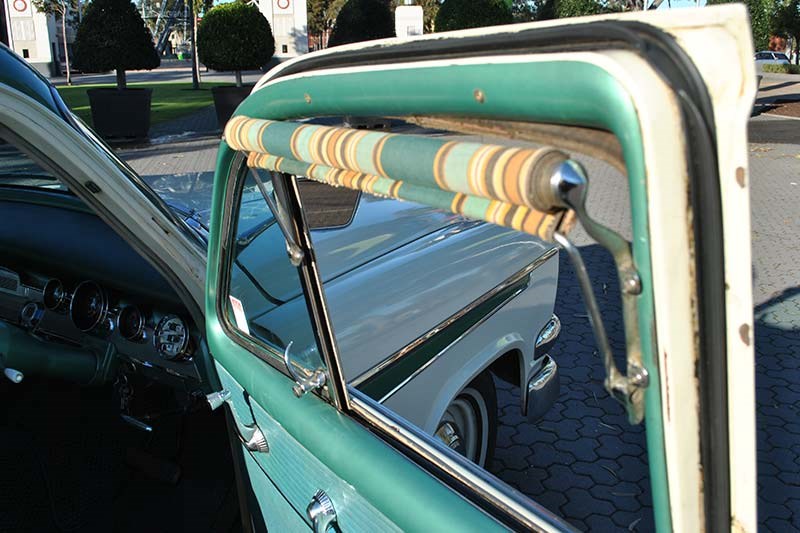

.jpg)
.jpg)
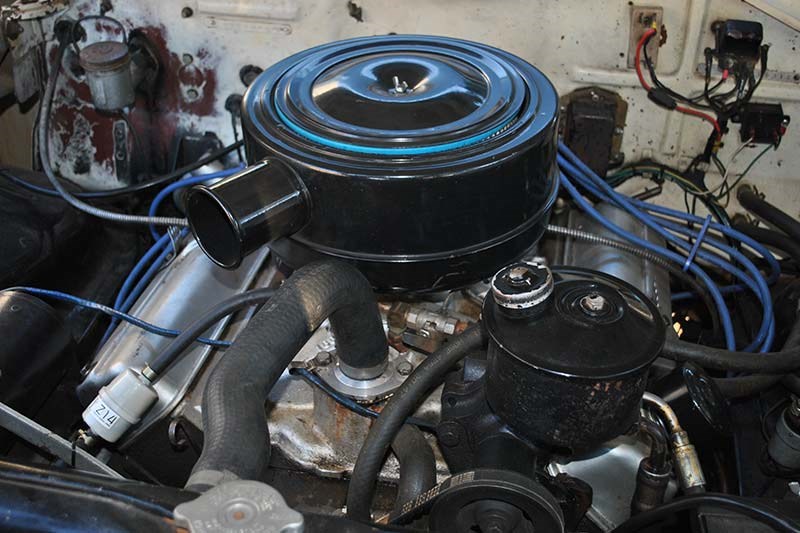

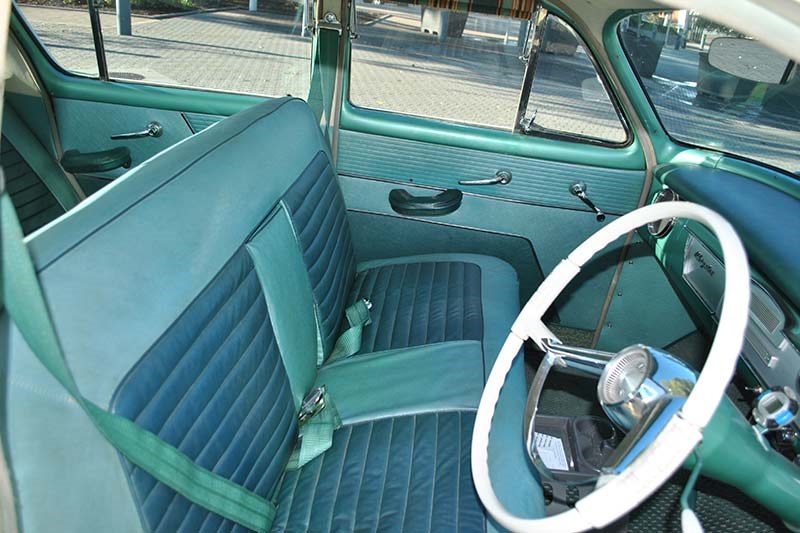

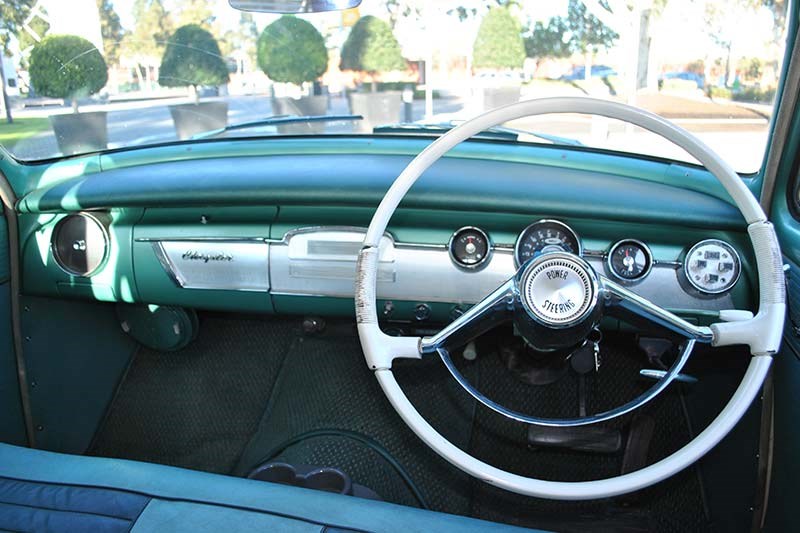



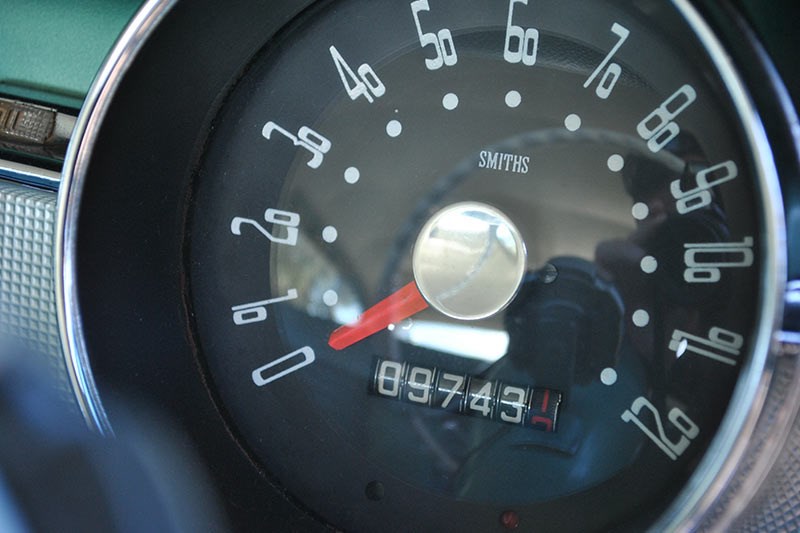

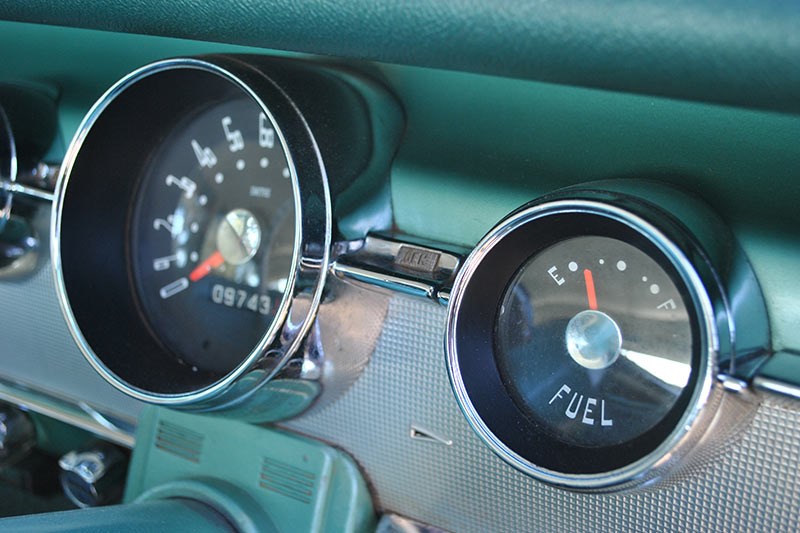


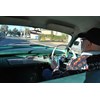

|

|

|

|

|

|

|

|

|

|
.jpg)
|

|

|

|

|

|

|

|
Everything you need to know if you're in the market to buy a Chrysler Royal AP1-AP3
Chrysler Royal AP1-AP3
When it was first mooted Chrysler Australia was to replace its locally-built P25-series cars the company was reluctant to consign the tooling to the scrap heap. So in 1955, a small team of stylists reworked Virgil Exner’s new ‘Forward Look’ Plymouth Plaza/Savoy design to mate to the P25’s previous-generation glasshouse area. The feat was made all the more impressive by Chrysler Australia’s complete lack of a styling department!
To compliment Chrysler Australia’s lack of a styling department was their lack of a proving ground, so in early 1956 a total of seven disguised prototypes started carving up South Australia’s backroads, logging over 100,000 miles with minimal changes required prior to production, but not all aspects of development went so smoothly.
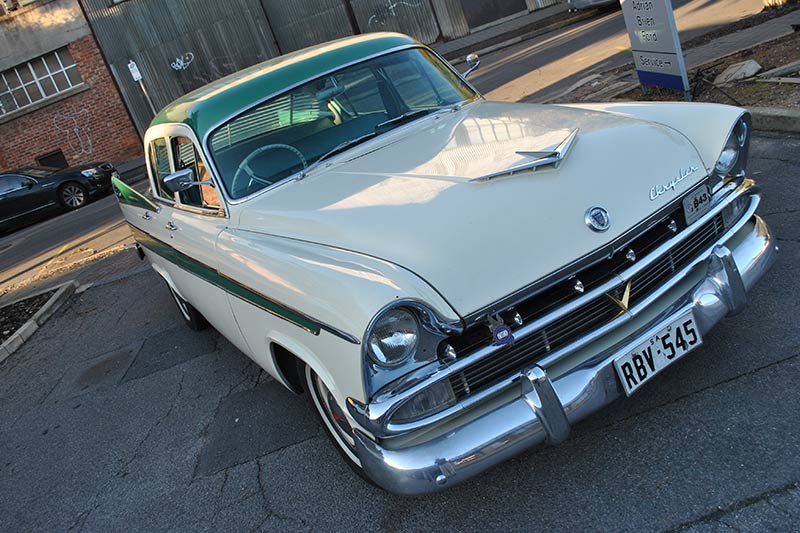
Midway through 1956, body engineer Doug Rohrsheim was in meetings at Diecast Limited, finalising supplies of the various bonnet ornaments, grille pieces, light surrounds and trim mouldings when the decision was made to cull the range from three brands (Plymouth, Dodge and De Soto) to one. The AP1 (Australian Plymouth, later backronymed to Australian Production) was the only model retained.
Big six cylinder engines of 230ci (3.8lt) and 250ci (4.1lt) were sourced from Chrysler factories in the UK and Canada, with assembly handled locally. Despite the lack of modern tech, or perhaps because of it, the AP1 Royal quickly found a market with taxi drivers and rural families alike, and the introduction of a Canadian-sourced 313ci (5.1lt) V8 from March 1958 helped cement its reputation as bulletproof and effortless.
With the update, the AP1’s complicated grille, made of 65 separate pieces and painstakingly constructed by hand in a specially-designed jig, made way for a simpler, yet less austere arrangement, reminiscent of juke-box design and making heavy use of die cast parts.
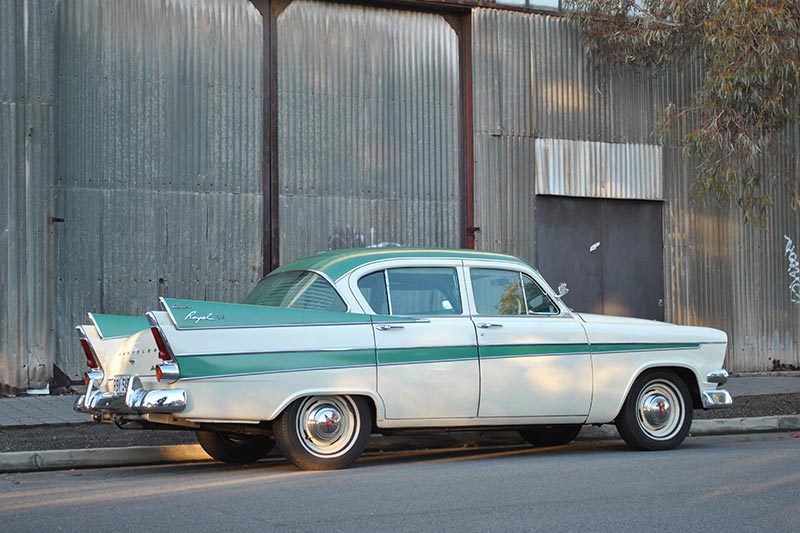
The AP2 also saw Chrysler reaching for the stars; literally, not figuratively, with the mainly cosmetic update including a pair of sky-high double-stacked fins on the sedan variants. Though the lengthy fins appeared to be part of the body, they actually bolted on!
The final iteration of the Chrysler Royal, the AP3, was released in June 1960 and carried with it the most significant amount of changes including an entirely new, lower roof pressing and large, fully integrated tail fins.
The 250ci side-valve six and Canadian-sourced 313ci V8 were both carried over from the previous model; but the largest mechanical upgrade was the introduction of the 3-speed Torqueflite auto transmission, still pushbutton, but replacing the earlier PowerFlite auto.
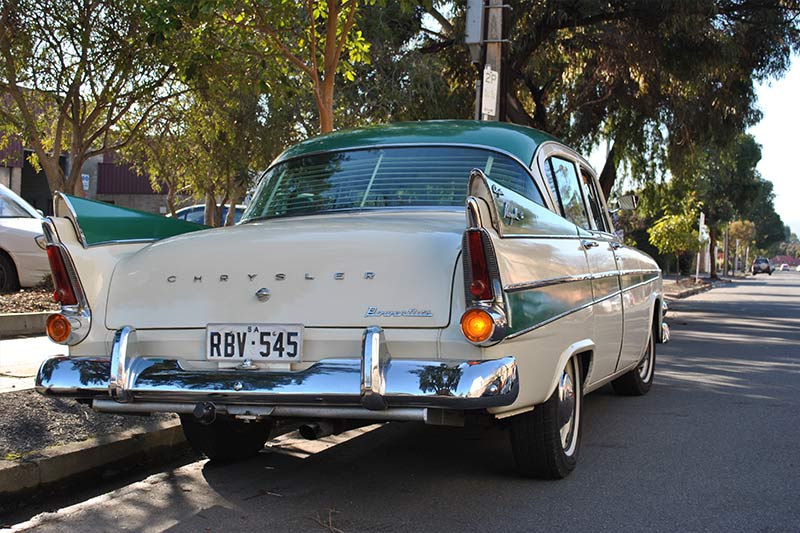
The AP3 continued through to late 1963 by which time it was a full two generations behind contemporary offerings from Ford and GM.
"After I retired, I bought a 1927 Willys-Knight, then later a 1936 Dodge," owner Noel Cowie explains, "but then the wife told me she’s always wanted a car with fins!"
The original buyer specified some interesting options; the recently-released 313ci V8 and associated auto trans, power steering (extolled on the unique horn ring), green glass tint and a set of roll-down blinds for all four windows, which have certainly gone some way to preserving the unrestored interior. Noel and Rae continue to enjoy the car at various events nationwide with barely a hiccup.

CHRYSLER ROYAL MARKET GUIDE
Long-term Royal owner Eric Levett (whose Brisbane-based collection also boasts a rare Plainsman station wagon) says that successful ownership of these cars is dependent on finding a complete vehicle with minimal rust and then sourcing the parts to keep it going.
It is likely that around 500 Royal sedans remain in existence but that number diminishes to just 20 from a production of 300 for the very scarce Wagon.

Royals make a roomy family cruiser with a big boot and accommodation for six occupants. Those in the middle and possibly across the rear seat are unlikely to have access to seat belts so bear that in mind when buying for family transport.
Despite scarcity, demand is diminishing and an excellent V8 sedan is unlikely to exceed $20,000. Six-cylinder cars in decent order can be found at just $12,000.
CHRYSLER ROYAL VALUE RANGE
Royal AP1-AP3:
Fair: $3000
Good: $11,000
Excellent: $20,000 (V8 Sedan)
(Note: concours cars may demand more.)
BUYERS CHECKLIST: 1957-63 CHRYSLER ROYAL AP1-AP3
Body & Chassis

Finding panels to replace rusted sections in a Royal has become difficult and rusty cars are pretty much uneconomic to save. They rot through the floors, door sills, turret and lower mudguards. Repair in most many cases involves expensive hand-fettling of replacements. Even cars that look good on the outside can still be suffering structural rot, so checking on a hoist is essential. Die-cast items like door-handles, tail-light surrounds and other mouldings deteriorated quickly from new, aren’t available anymore and will need to be remade. Items like lights and lenses from US models that look similar may not fit and the rear window is unique to Australian cars.
Engine & Transmission

The side-valve six-cylinder (known as the ‘Kew’ motor) is an uncommon design to Australia and parts are scarce. The old-style wrecking yards that once held stocks of these motors have largely ditched them but new sets of replacement pistons with rings are still listed at around $800, with a new camshaft, oil pump, timing gear and chain all at $250 each. The 313 cubic inch V8 is also scarce but replacement with a 318 from the same Mopar ‘A Engine’ family is viable and the easiest way to keep a V8 Royal running. Not many two-speed Powerflite transmissions will still exist; the three-speed Torqueflite giving better performance and easier to maintain.
Suspension & Brakes
Based on a 1953 design, the Royal misses out on the torsion bars that came into general use with Chrysler from 1960. The front end sits on coil springs more attuned to soft ride than cornering precision, however loud thumps and shuddering over bumps aren’t normal. Upper control arm pivots wear and need to be rebuilt with new bushings. King pins, according to owner Levett, are still available. 195/65 section radial tyres are viable replacements for original cross-plys but running higher pressures is recommended to combat steering heaviness.
Interior & Electrics
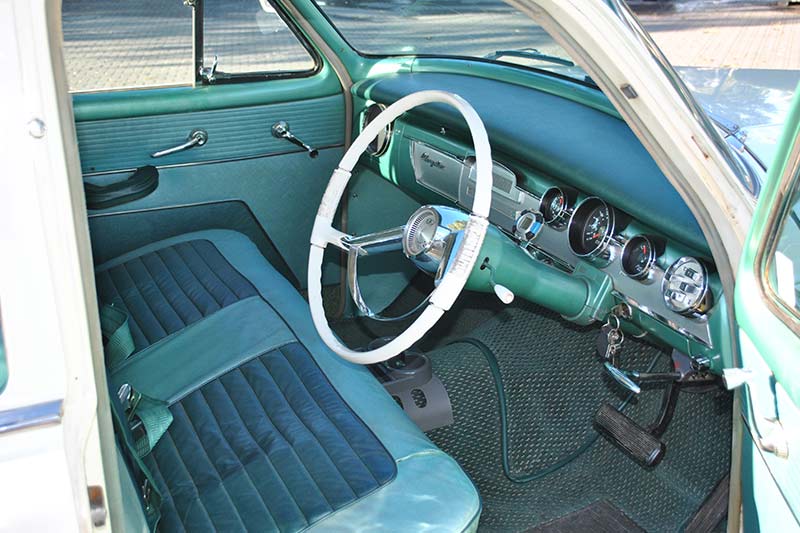
The Royal’s plain vinyl seats won’t present many challenges to an adept trimmer. With door trims, floor covering and hood-lining thrown in though it is easy to spend $8000 on a Royal that is tired on the inside. Electricals are generally by Lucas and some new/old stock components are still available. Be wary of a starter motor that whirrs a few times before making contact with the flywheel; the ring gear could be worn and that’s a big job.
SPECIFICATIONS
Chrysler Royal AP1-AP3
NUMBER MADE: N/A
BODY STYLES: Steel separate body/chassis four-door sedan, station wagon & two-door utility
ENGINE: 3800cc in-line six-cylinder, 5212cc V8 with overhead valves & single downdraft carburettor
POWER & TORQUE: 171kW @ 4000rpm, 426Nm @ 2000rpm (313 V8)
PERFORMANCE: 0-96km/h 11.6 seconds, 0-400 metres 18.4 seconds (2-speed V8)
TRANSMISSION: Three-speed manual, two or three-speed automatic
SUSPENSION: Independent with coil springs, control arms and telescopic shock absorbers (f) live axle with semi-elliptic springs and telescopic shock absorbers (r)
BRAKES: Drum (f) drum (r) some with power assistance
TYRES: 6.70 x 15 cross-ply
Unique Cars magazine Value Guides
Sell your car for free right here
Get your monthly fix of news, reviews and stories on the greatest cars and minds in the automotive world.
Subscribe

.jpg)




.jpg)





